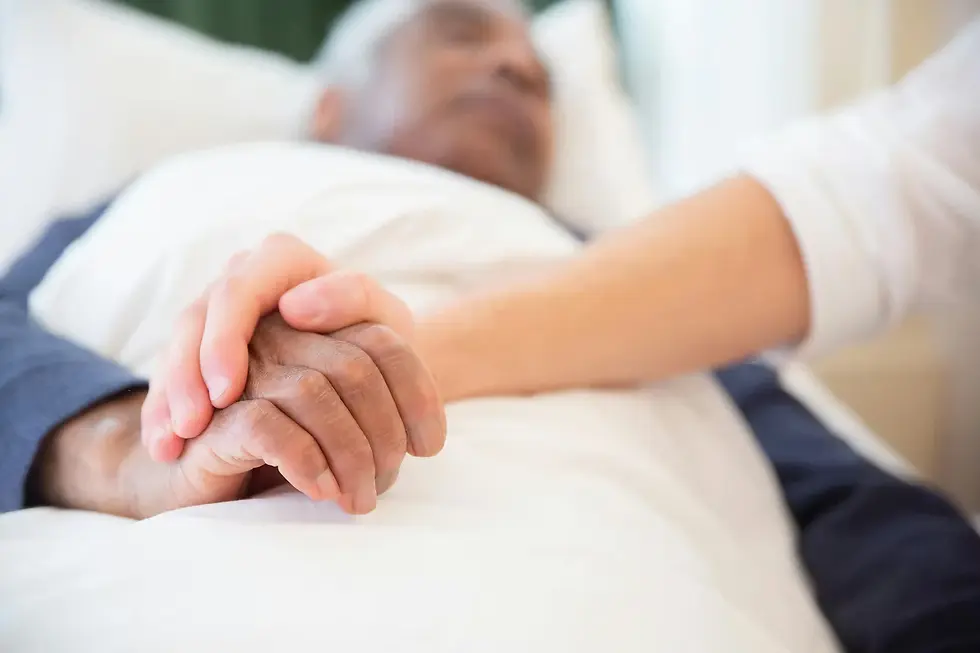When Traction Becomes a Trigger: Preventing Traction-Related Pressure Injuries in Orthopaedic Care
- Apex Experts

- Jun 29
- 2 min read
Updated: Jul 9
Managing traction-related pressure injuries in vulnerable orthopaedic patients
In hospital settings, traction is often a necessary intervention for immobilising fractured limbs while awaiting surgery or recovery. But without a robust care plan and structured inspection regime, traction can become the cause of avoidable harm particularly in frail or elderly patients. In this case, the lack of a documented traction care strategy contributed to a significant wound in the Achilles area, later identified as a traction-related pressure injury.
The patient, an elderly individual with complex comorbidities, was admitted following a fall and diagnosed with a distal femur fracture. Given her frailty, she was initially managed conservatively with skin traction while awaiting surgical assessment. Within several days, a blister was discovered on the back of her heel at the site of the traction bandage. Unfortunately, the response was insufficient: no formal documentation addressed the skin breakdown, nor was a detailed traction care plan put in place.
Over the following week, the injury deteriorated, eventually developing into a necrotic wound. While pressure relief equipment and repositioning were broadly addressed, the absence of a care plan tailored to the traction device was the critical oversight.
Traction-related pressure injuries are preventable but only with proactive planning
Despite clear guidance from the Royal College of Nursing on the management of patients in traction, documentation showed no traction-specific care plan was established. Worse still, there was no record of daily skin inspections, a key safeguard against device-related harm.
Key oversights identified by the expert included:
No dedicated traction care plan or SKIN bundle
Missed escalation to medical teams upon identification of skin breakdown
Delay in referring to the tissue viability nurse (TVN)
Failure to inspect the traction site at least every 24 hours
No documentation of traction equipment monitoring (cords, weights, counter-traction)

These lapses were particularly concerning given the patient’s advanced age, mobility limitations, and known risks of pressure injury.
“Once the blister was identified, a multidisciplinary decision should have been made about the continuation or adjustment of traction. Instead, the wound worsened, and care planning failed to catch up.”— Apex Nurse Expert Witness
Why traction care plans must be standardised
When applied appropriately, traction is a stabilising intervention. But when the associated skin integrity risks are not addressed with precision, it quickly becomes indefensible. This case illustrates the downstream impact of missing documentation, lack of proactive nursing leadership, and poor escalation processes.

Had the blister been highlighted early and traction re-evaluated with a structured protection plan, the outcome might have been entirely preventable. Traction-related pressure injuries are not rare but they are rarely justified.
Need an Orthopaedic expert witness? Get in touch with us at info@apexexperts.co.uk, call us on 0203 633 2213 or visit our contact us page.
